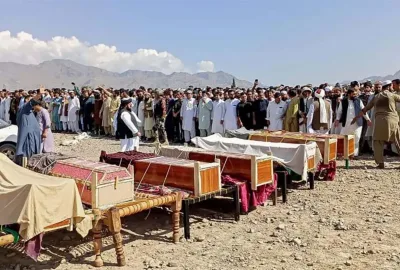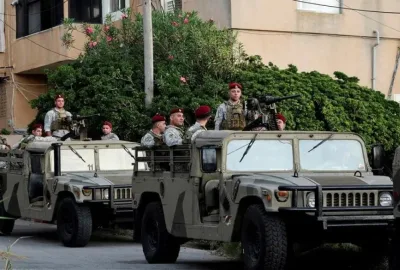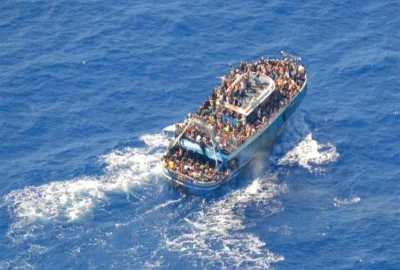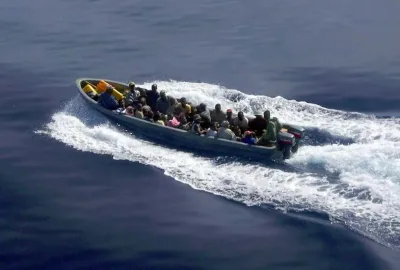MOGADISHU — The World Bank approved $143 million in International Development Assistance (IDA)* financing to help…
MOGADISHU — The World Bank approved $143 million in International Development Assistance (IDA)* financing to help vulnerable Somalis overcome the escalating drought and food insecurity conditions across the country.
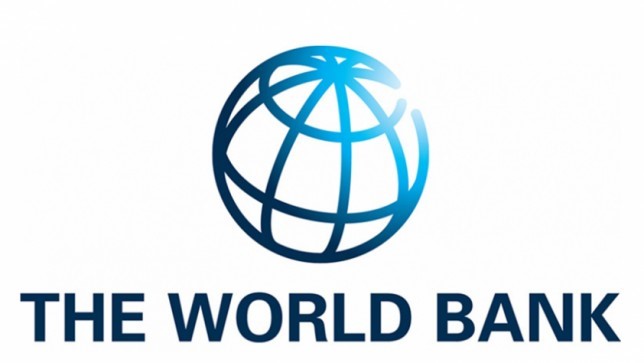
This additional financing to the existing Somalia Shock Responsive Safety Net for Human Capital Project (SNHCP), also known as Baxnaano (which means to uplift in Somali), will provide an extra boost to the country’s drought response and ensure the continuity of a regular safety net program which delivers much needed cash assistance to chronically poor and vulnerable households. This is a lifeline for families that have been disproportionately affected by persistent shocks such as cyclical droughts and floods, the COVID-19 pandemic, and the 2020-21 desert locust plague, among others.
“The situation is heartbreaking, and the World Bank is doing all it can within the current programming to protect the most vulnerable at this time of great need,” said Kristina Svensson, World Bank Country Manager for Somalia. “We are leveraging partnerships with humanitarian actors in order to alleviate the situation before we lose more lives and livelihoods,” she added.
This is the first time that Somalia has a nationwide social safety net program that can be rapidly deployed to help save lives. The World Bank is providing additional support to this government-led initiative. The additional financing will expand coverage of the parent project by 20,000 households. It will also provide emergency cash transfers to 338,000 households, adding to the 160,000 households who are already receiving emergency cash transfers from the Shock Responsive Safety Net for Locust Response Project (SNLRP). The government’s safety net program is implemented in partnership with United Nation’s (UN) World Food Programme (WFP).
“It is very encouraging to see that the Baxnaano program is capable of adapting rapidly in response to the crisis. As of early June, emergency cash transfers have been delivered to over 243,000 households across the country through the program,” said Afrah Alawi Al-Ahmadi, World Bank Senior Social Protection Specialist.
The World Bank is also leveraging several existing projects to strengthen Somalia’s drought response. Through Baxnaano, the World Bank will support nearly 500,000 households to weather the ongoing drought. The number of people dependent on humanitarian assistance and protection is forecast to rise to 7.7 million people in 2022, with an estimated 3 million internally displaced persons and nearly 70%of the population living below the international poverty line.
In addition, the World Bank has further scaled its support to Somalia’s drought response through the following projects:
The Somalia Crisis Recovery Project (SCRP) will frontload an additional $28.5 million in drought assistance targeting rural areas across Somalia that are most food insecure, scaling-up existing partnership arrangements with relevant UN agencies and civil society consortiums.
The Somalia Urban Resilience Project Phase II (SURP-II) will activate a $20 million Contingency Emergency Response Component as early as the end of June 2022 to support key cities, namely Mogadishu, Baidoa and Garowe, which are experiencing a large inflow of internally displaced persons (IDPs) triggered by the drought. The fund will provide support for shelter or site planning and development for resettlement sites as well as basic services, specifically water, sanitation and hygiene (WASH) and health services for both the newly arrived IDPs and the neighboring host communities to alleviate the increased pressure on the already stretched urban land and services. A total of 71,000 people are expected to benefit from the support.
The Water for Agro-pastoral Productivity and Resilience Project known locally as Biyoole is delivering improved water and agriculture services to agro-pastoral communities in drought-prone dryland areas of Somalia to improve their productivity and resilience to climate-induced shocks. The project is ongoing and when the first signs of the drought started emerging in late 2021, the project decided to fast track rehabilitation of boreholes to provide emergency water for over 41,300 beneficiaries and 130,000 livestock.
Somalia’s long-term drought response efforts will also benefit from the recently approved World Bank supported Horn of Africa Groundwater for Resilience Program (GW4R) that is estimated to reach 3.3 million direct beneficiaries, of whom at least 50%are women, through interventions designed to increase access to water supply and reduce vulnerability to climate change impacts.
*The World Bank’s International Development Association (IDA), established in 1960, helps the world’s poorest countries by providing grants and low to zero-interest loans for projects and programs that boost economic growth, reduce poverty, and improve poor people’s lives. IDA is one of the largest sources of assistance for the world’s 74 poorest countries, 39 of which are in Africa. Resources from IDA bring positive change to the 1.3 billion people who live in IDA countries. Since 1960, IDA has provided $458 billion to 114 countries. Annual commitments have averaged about $29 billion over the last three years (FY19-FY21), with about 70 percent going to Africa.


